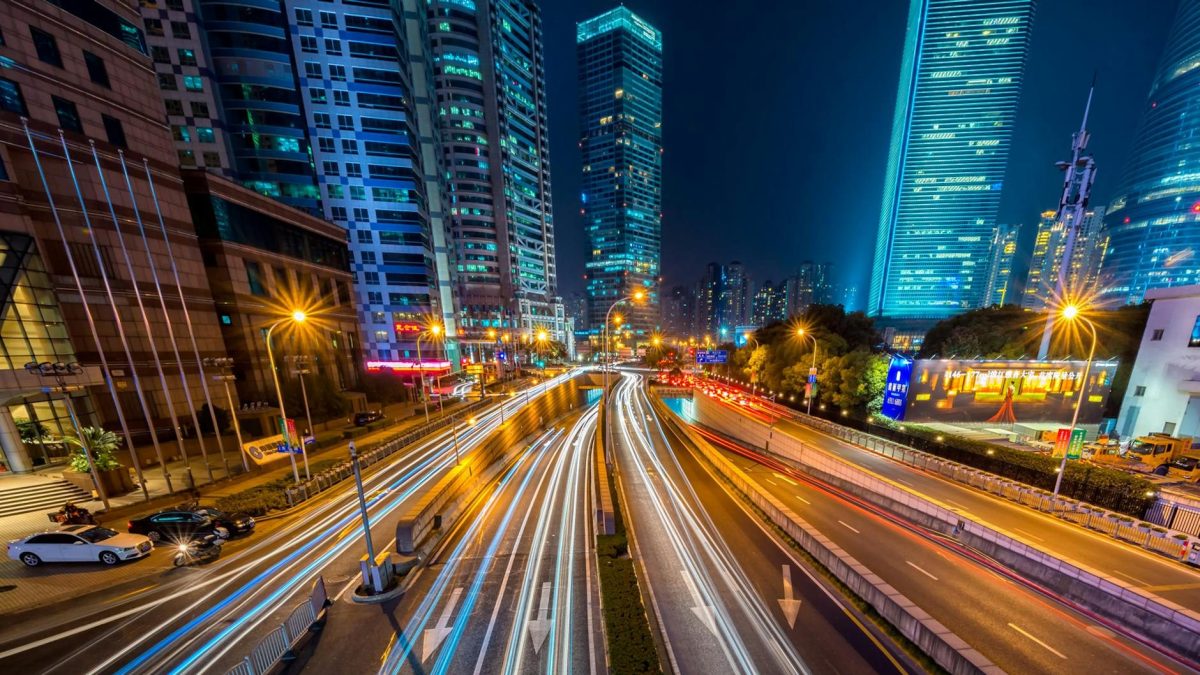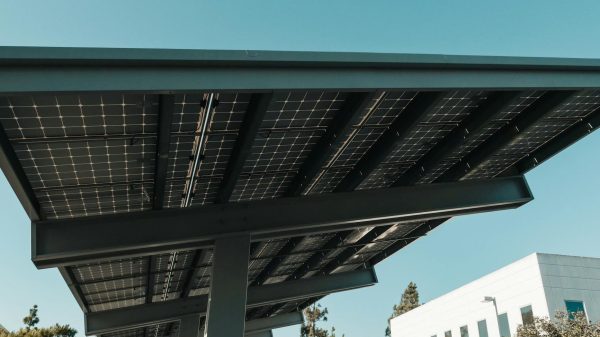We spend more than 90% of our lives “between four walls“, and for this reason alone we should be very attentive to the comfort and healthiness of our buildings. But they are also real “energy predators“. At least until now.
These thoughts are becoming more and more common in the sector. The “nearly zero” energy trend (or NCEE, as they are often referred to by their acronym), but what exactly is an NCEE?
NCEE: definition and characteristics
These are buildings that comply with two fundamental principles:
- They have a very high level of energy efficiency
- That the low amount of energy required by the building comes largely from renewable energy sources, either produced on site or in its surroundings (as defined in Royal Decree 235/2013).
The real estate sector, key to the energy transition
The real estate sector is key to the energy transition, which should lead us to a low-carbon economy. Three fundamental aspects that buildings must assume as necessary are usually defined:
- Decarbonisation: by controlling energy demand, reducing consumption and using renewables together with electromobility.
- Decentralisation: understood as on-site electricity generation and energy storage.
- Digitalisation: which should enable control and automation. IoT technologies are increasingly present here, with economies of scale that would have been unthinkable just a few years ago.
These goals are not only a challenge for new construction, but the existing building stock must also be updated to mitigate climate change. This is often overlooked – adapting to climate change itself. We are moving from a traditionally static environment to a dynamic one where buildings must be integrated into their surroundings. And for this it is essential that the new civil building code is updated, just as it is necessary that the different government bodies implement policies to encourage the achievement of the goals set. In fact, this is a recurring request from the different actors in the sector.
Moving from the concept of real estate to the concept of service
In addition, there are also voices that stress something that is familiar to us in ICTs, that of moving from the concept of property to the concept of service. We are no longer talking about tenants but about customers who demand a certain level of comfort and quality in the space they live in. In this respect, we can define three main axes with their corresponding indicators:
- Environmental performance: energy efficiency, use of renewables and maintenance.
- Comfort and healthiness: accessibility, comfort and energy poverty.
- Comprehensive and advanced service: energy management, digitalisation and user impact.
All these principles apply to residential buildings, but also to tertiary buildings; many of the new corporate headquarters include from their initial design the necessary requirements to be considered EECN. On a technical level, this means not exceeding certain thresholds in cooling and heating demand, as well as in primary energy consumption and airtightness of the building. And how to achieve these strict requirements?
There are several basic principles to be met: increasingly better insulation, absence of thermal bridges, airtightness, mechanical ventilation with heat recovery, high-performance windows and the use of new technologies. This last point is fundamental to ensure that the EECNs are not only on paper, but that in their daily use they meet or improve the required criteria by measuring in real time all the parameters of consumption and comfort.
Why limit ourselves to NCEs?
Why not talk about ZEB (Zero Energy Buildings)? Or even PED (Positive Energy Districts). Given the great room for improvement in the energy management of buildings, there are already real projects testing a new challenge that is approaching our cities. Buildings that not only absorb from the electricity grid, but also inject their surplus energy into it, exchanging energy in the cities, and all of this at an optimum cost.
It is undoubtedly a technical challenge, and above all a challenge of new relationship and business models, to move from a consumer to a pro-consumer scheme. There will always be buildings that need extra energy, but in the sum total there are many surpluses, such as all the solar energy that can be produced in residential environments at midday, just when the inhabitants are out of their homes, often in offices or tertiary buildings. This surplus can be used to recharge electric vehicles or be exchanged between properties.
It is clear that this dialogue between energies will be essential, not forgetting of course that as in ICT, where the customer is at the centre and will demand the best possible service.








